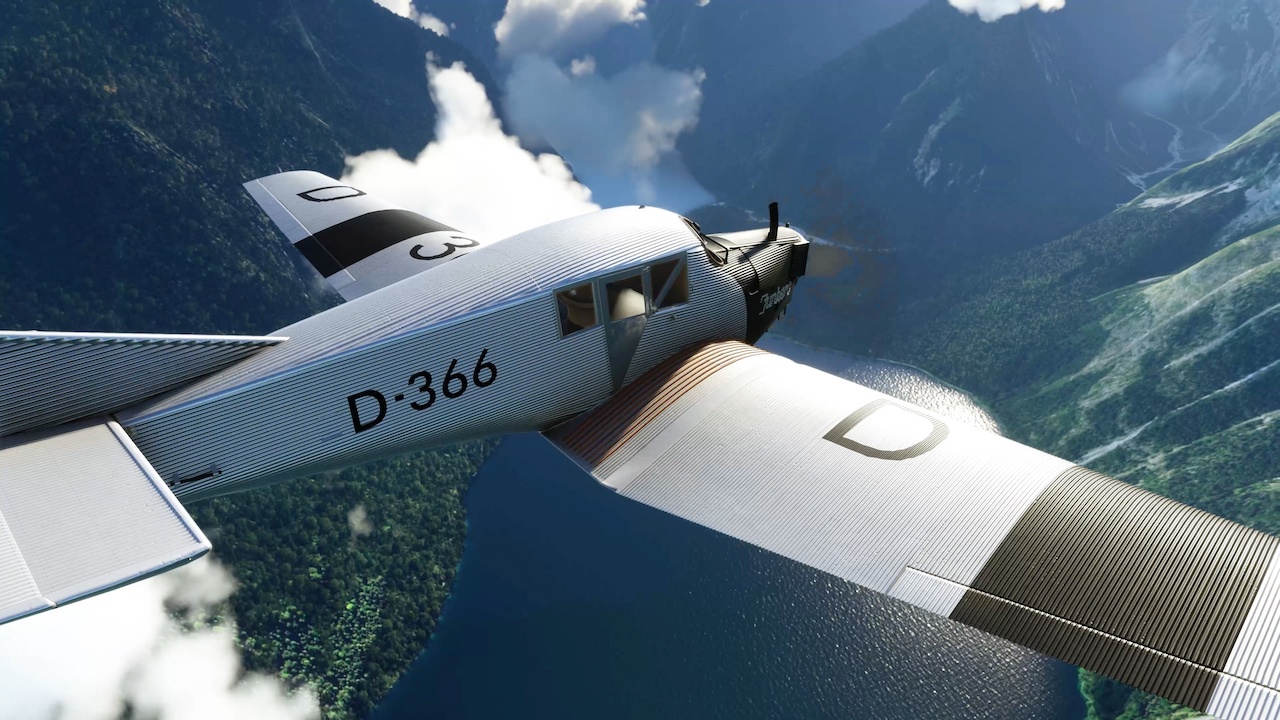– All variations: New sound added.
The single-engine F 13, designed at the end of World War I, took its maiden flight on June 25, 1919. Crewed by one or two and able to accommodate up to four passengers, the F 13 would remain in production for more than a decade and in service for more than thirty years, with over 300 built. Early in its lifespan, the F 13 formed the basis for the airline Junkers luftverkehr. One of the world’s first air carriers, Junkers luftverkehr would ultimately form an important component of the German airline Luft Hansa.
The F 13 flew throughout the globe during its operational tenure, hauling both passengers and cargo. It was operated by several airlines in addition to Junkers luftverkehr and Luft Hansa, and it also served in military operations. Its frame was constructed of tubular Duralumin, a hardened allow of Aluminum strengthened by copper, and its exterior was made of corrugated Duralumin sheet metal. The design created an incredibly robust, resilient machine that quickly became renowned for its ability to operate out of just about any airfield in the world.
The J 13 was engineered not only for strength and durability, but also for performance. Driven by a design paradigm years ahead of its time, Junkers created a machine that is both visually and aerodynamically charming. The F 13 looks great standing still on a runway, or seen coasting the sky above among the clouds. In the cockpit, aviators are treated to responsive controls and intuitively-arranged gauges. Its well-balanced form makes for a responsive-yet-forgiving flight character even in gusty, turbulent skies. Landings and take-offs are also straightforward for F 13 pilots. It is no wonder that the F 13 maintains such a great reputation in the world of aviation.

